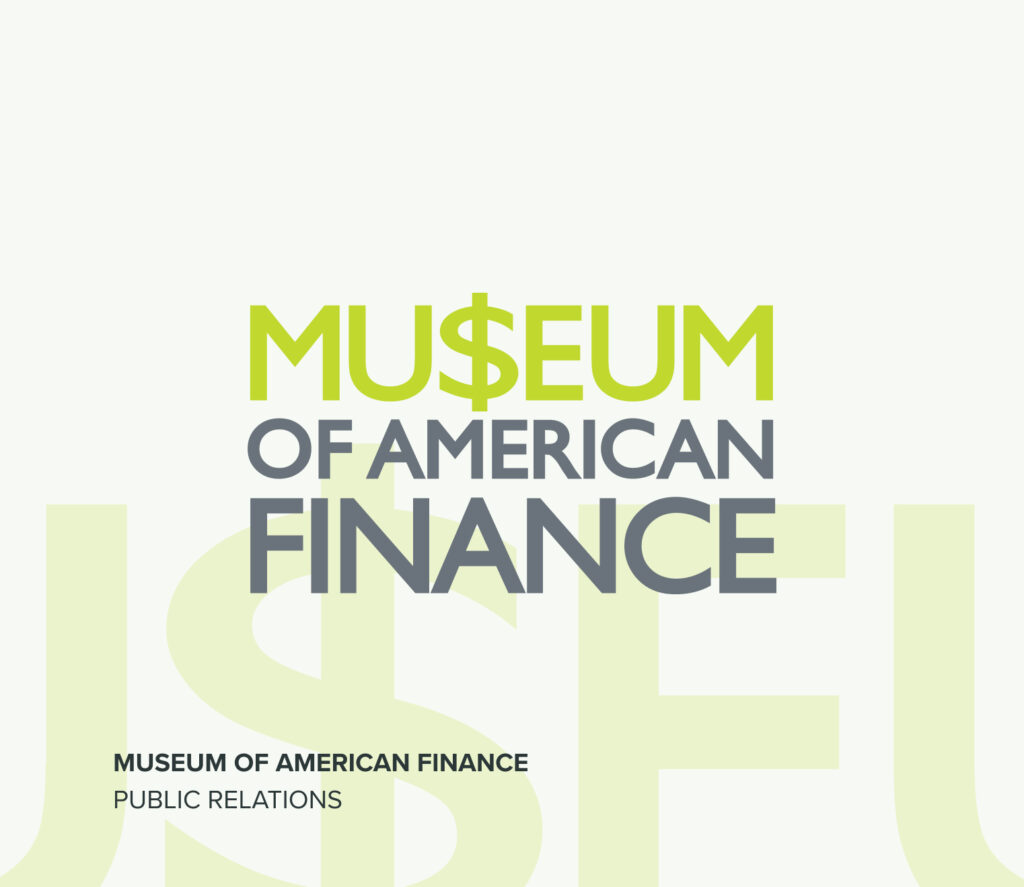China’s Prospects Are Far from Bright: Most of Its Wounds Are Self Inflicted
China’s economy is suffering. Beijing just came out with a forecast of 5 percent real growth for 2024, slightly slower than last year’s 5.2 percent, itself reduced from an earlier target. Much of the forecasting community is skeptical that China actually achieved 5.2 percent last year. They are also skeptical about whether China can make the lower 5 percent growth figure this year. Even if China does manage 5 percent growth, that rate is barely over half the real growth pace averaged in past years. China has economic problems.
In fact, very little in Chinese economics has looked good since 2020, and the Covid pandemic has little to do with it. At the most basic level, the nation’s population is shrinking, and that says nothing positive about the country’s economic prospects. A property crisis, which broke in 2021, continues to hold back the pace of building and home buying, depriving the economy of a once-important engine of growth and local governments of a critical source of revenue. Worse, the property crisis has depressed real estate values, and hence consumer as well as business confidence. Accordingly, China’s once-exuberant consumers remain reluctant to spend, while its private businesses have reduced levels of investment and hiring. A huge overhang of questionable debt – from defunct developers and increasingly with revenue-starved local governments – has hamstrung the ability of Chinese finance to support economic growth. Meanwhile, western and Japanese business continues its effort to diversify supply chains away from China, slowing the growth of buying and the flow of investment money into the country. Accordingly, Chinese exports – the economy’s mainstay – have suffered, and though exports rose in the opening months of 2024, they remain anemic compared with past years. Meanwhile, governments in Washington, Brussels, and Tokyo have replaced their former support for Chinese development with open hostility.
There is plenty of blame to go around in this mess. China’s property developers were less than prudent in their use of debt and in the locations for some of their projects. American, European, and Japanese business showed less than good judgment in creating a heavy dependence on China in the first place. Washington, Brussels, and Tokyo should have known from the start that once it achieved a sufficient level of development, Beijing would pursue its interest more aggressively. But most of the blame for China’s problems belongs with the nation’s leadership.
China’s Demographics
Take China’s demographic problem. Birth rates have been so low for so long that China lacks the flow of young people into the workforce to replace the large age cohort presently in the process of retiring from active employment. A limited workforce has already slowed the pace of production and will continue to do so for some time to come. The situation is the inverse of China’s demographics during the decades of rapid growth following the economy’s opening in the late 1970s. Then, the population had an abundance of working-age people, eager for gainful employment. In no small respect, this demographic reality powered the economy’s astounding growth of almost 10 percent a year, year after year. But with this age cohort retiring and few replacements, the older, more favorable demographic has turned on its head.
Though much of the developed world faces the same problem, China’s predicament is especially severe and in large part is the result of Beijing’s policies. When China first opened, its leadership under then President Deng Xiaoping promulgated what came to be called the “one-child policy.” It effectively made it a crime for a family to have more than one child. Deng promoted the policy as a way to free more people for work. It did so. But he failed to consider the long run.
His policy lies at the root of today’s shortage of young workers. In recent years, Beijing has recognized the problem and rescinded the one-child rule, but after years in which it has stayed in place, it has become part of Chinese culture. The recent change in the law has produced no increase in Chinese fertility rates. Even if it did raise fertility rates, it would take 15-20 years for them to make a difference in China’s workforce. In the meantime, it is starved for young workers to propel growth.
More Policy Errors
Beijing has compounded this demographic problem with yet another policy error. Reasoning that the high-technology future would demand a highly educated workforce, China poured funds into higher education. It graduated engineers and scientists at such a rapid rate that American politicians pointed to the figures in fear. Although the reasoning behind the higher education push fits well with much conventional wisdom these days, it was a problem for China, because its planners have kept large parts of the economy focused on low-technology products. Assembling iPads, for example, is not a job for a graduate engineer. Because of this, China, while suffering a general labor shortage, also has a surplus of college graduates. Today in China factory jobs go begging, while the country records a youth unemployment rate of close to 20 percent.
Official policy failures also cluster around the property crisis. These began quite some time ago when Beijing decided to encourage residential development, pushing local governments to get involved and providing easy credit for both developers and homebuyers. Because China in the late twentieth century had a housing shortage, this policy seemed entirely reasonable. But Beijing carried on with it even after the housing stock had caught up with the nation’s need. At the height of Beijing’s push, residential real estate development amounted to almost 30 percent of the economy. (For perspective, such development in the United States seldom exceeds 5 percent of the economy.) Developers, following Beijing’s lead, became ever-more leveraged and pursued projects in dubious locations. Then in 2020 and unconnected with the pandemic of that year, Beijing abruptly removed the support, so fast, in fact, that neither developers nor homebuyers had time to adjust. Failures were inevitable. They began in 2021, with the announcement by the giant developer, Evergrande, that it could not service its some $300 billion in liabilities and have continued since.
In the face of this emergency — both for Chinese finance and homebuyers who had pre-paid for apartments that would now never be constructed — Beijing did nothing. While the authorities dithered, the crisis metastasized. The growing overhang of questionable debt left Chinese banks and other financial institutions unable to support new investment in other areas of the economy. With literally millions of homebuyers unable to claim what they had paid for, more bankruptcies ensued and confidence throughout the household sector suffered. Few were willing to put money at risk to buy a home, buying rates fell and with the drop in demand so did real estate values. The damage those declines had on household wealth further destroyed confidence and anyone’s willingness to spend. By the time Beijing finally acted, late last year some 24 months after the problems first became evident, the remedies they offered were far from sufficient to address a problem that had already festered for years while Beijing sat on its hands.
Zero-Covid Policy
Nor are these the only policy mistakes. Beijing’s zero-Covid policy exacerbated much that was already wrong. It kept China under lockdowns and quarantines long after the rest of the world began its recovery from the pandemic. Indeed, Beijing waited until early 2023 before it lifted these severe conditions. The legacy of this official restraint has left households with even less confidence in the security of their finances and incomes and rendered them even more reluctant to consume, much less make an investment in a new home. For similar reasons, zero-Covid also made private Chinese businesses reluctant to make expansion plans. It did not help that Xi Jinping during the lockdowns went out of his way to denigrate private business owners for following the interests of their firms instead of those of the Chinese Communist Party. Xi, desperate to inspire expansion, has since changed his tune, referring to these business owners as “our own people,” but the damage to confidence was already done.
The shutdowns of zero-Covid also disillusioned Japanese, American, and European businesses about China sourcing and investments. Earlier in China’s development, businesspeople all around the world not only felt the attraction of low Chinese wages, but also the reliability of Chinese operations. China-based production met the terms of contracts and delivered on time. Even before the pandemic and zero-Covid, Beijing’s bullying had already begun to change these opinions. Of particular note was Beijing’s insistence that foreign firms operating in China have a Chinese partner to whom the foreign firms had to transfer technologies and trade secrets. Beijing lost credibility when, usually for diplomatic reasons, it imposed punitive tariffs on particular countries, as it did with Australia for questioning the origins of the Covid virus, or when over a sovereignty dispute in the East China Sea it threatened to cut off supplies of rare earth elements to Japan. On top of these irritants, the seemingly arbitrary shipping interruptions of zero-Covid greatly reinforced doubts about the reliability of Chinese sourcing.
Beijing also played its cards wrong with Washington, Brussels, and Tokyo. Not too long ago, China had considerable good will with all these nations. There was widespread support of Chinese development. It was thought that it would liberalize China and bring it into the community of nations as a positive economic and diplomatic influence. Had Beijing resisted the impulse to bully and use its power at every turn, it might have kept that good will in place for longer. But having reached for power, as it has, and shown no interest in compromise with any of its trading partners or in much diplomacy as well, it has generated considerable hostility in all these capitals. Tokyo is leading a joint effort among the G-7 nations to procure rare earth elements outside China. Brussels is seeking penalties against China for dumping underpriced products on European markets, especially electric vehicles (EVs). Washington has blocked China trade in high-technology items and has forbidden American investments in Chinese technology. And this is only a partial list. None of this helps China’s economic prospects.
Leadership in Beijing seems to have awakened at last to the need to help the economy. It has recently announced a one trillion-yuan ($139 billion) program to stimulate economic activity. It is far from certain that this program will get the economy back on track. Its focus on the kinds of huge infrastructure projects China has promoted in the past suggests that Beijing is not yet aware of the roots of the economy’s problems. Nor is it apparent that such projects will pay off as they once did. Massive infrastructure projects in a less thoroughly developed economy tend to have huge returns, but that is not as certain in the more fully developed economy that China has become. A ‘tell’ that Beijing may be aware of these constraints is implicit in its decision to use what Beijing describes as “ultralong” bonds to finance the infrastructure spending. Financing with long maturities suggests that Beijing does expect a near-term payoff from this spending.
It is not a pretty picture. If there is no implication that China will implode or cease to be a major economic and diplomatic presence, this reality suggests that all the forecasts of not too long ago that looked for imminent Chinese dominance certainly need a rethink. So, too, do the vaunted ambitions of global dominance common in Beijing’s Forbidden City need a rethink. As China’s leadership reconsiders their nation’s prospects, they might do well to note a bit of folksy wisdom from an earlier time that goes something like this: “Self-inflicted wounds are the most shameful.”


